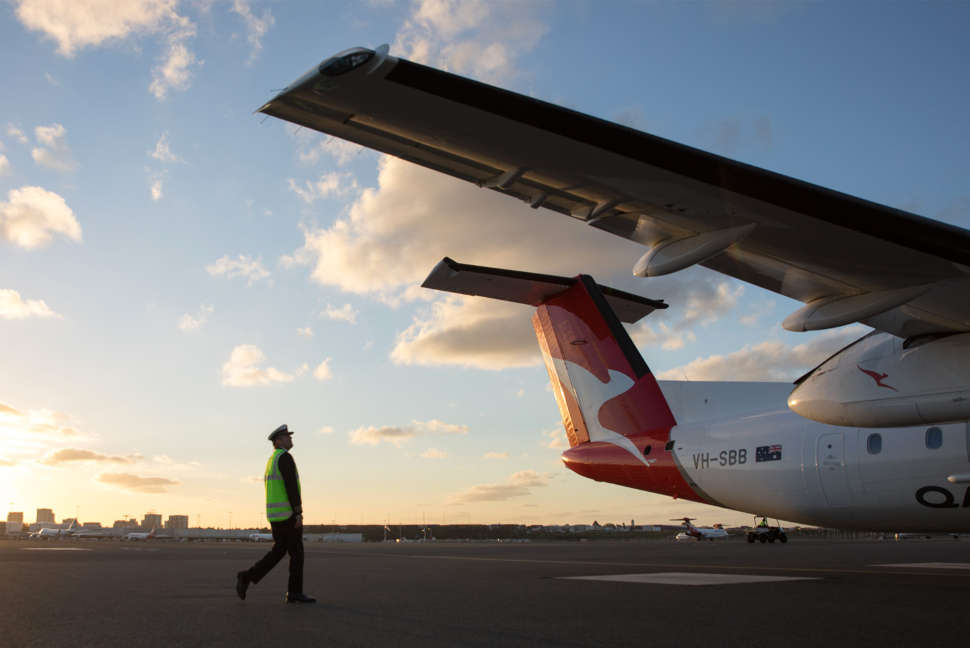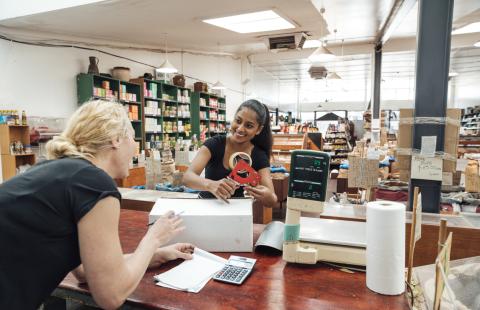The pilot’s main aims were to locate culturally significant items held in overseas collecting institutions and scope their return. The returned items include boomerangs, shields, spears, clap sticks, body ornaments and necklaces.
These historic and ceremonial objects were returned from the Illinois State Museum, in the United States, and the Manchester Museum at The University of Manchester.
The Australian Institute of Aboriginal and Torres Strait Islander Studies (AIATSIS) is leading the initiative, which has already identified around 100,000 objects in 199 collecting institutions around the world.

In the first major return, representatives from AIATSIS and the Aranda and Bardi Jawi Nations travelled to the United States to bring back 42 objects from the Illinois State Museum.
‘Returning the material will restore culture and strengthen community,’ senior Aranda man Mark Inkamala said. ‘The return of the material will let us reconnect it to Country. It will also help us preserve our culture and pass knowledge onto the young people.’
Following this, a delegation from the Gangalidda and Garawa Nations and AIATSIS, representing the Nyamal community, travelled to United Kingdom to receive 18 of 43 objects from the Manchester Museum, with the remaining items returned later.
‘This is, to me and my community, what true practical reconciliation looks like,’ said Mangubadijarri Yanner, from the Gangalidda and Garawa Native Title Aboriginal Corporation. ‘Bringing these sacred cultural heritage items back to Country is important and necessary for the purpose of cultural revitalisation—because locked deep within these items is our lore; our histories, our traditions and our stories.’

Left to right: Esme Ward (Director, Manchester Museum), Donald Bob (Garawa representative), Mangubadijarri Yanner (Gangalidda representative) and Craig Ritchie (CEO, AIATSIS) at the official ceremony, Australia House, London, 22 November 2019.
The return of these cultural heritage items is a fundamental part of truth telling, healing and reconciliation. It provides all Australians with the opportunity to develop a greater understanding of our shared history.
In May 2018, the Australian Government provided $2 million over two years to AIATSIS for the pilot project from the funding package marking the 250th anniversary of James Cook’s first voyage to the Pacific and arrival on the Australian east coast. This was the start of a shared history and the beginning of Aboriginal and Torres Strait Islander cultural heritage materials being removed and taken overseas.
On 15 July 2020, the Government announced it would be investing almost $10 million over four years to extend the program and support the return of significant Aboriginal and Torres Strait Islander cultural heritage from overseas collections to Australia.







